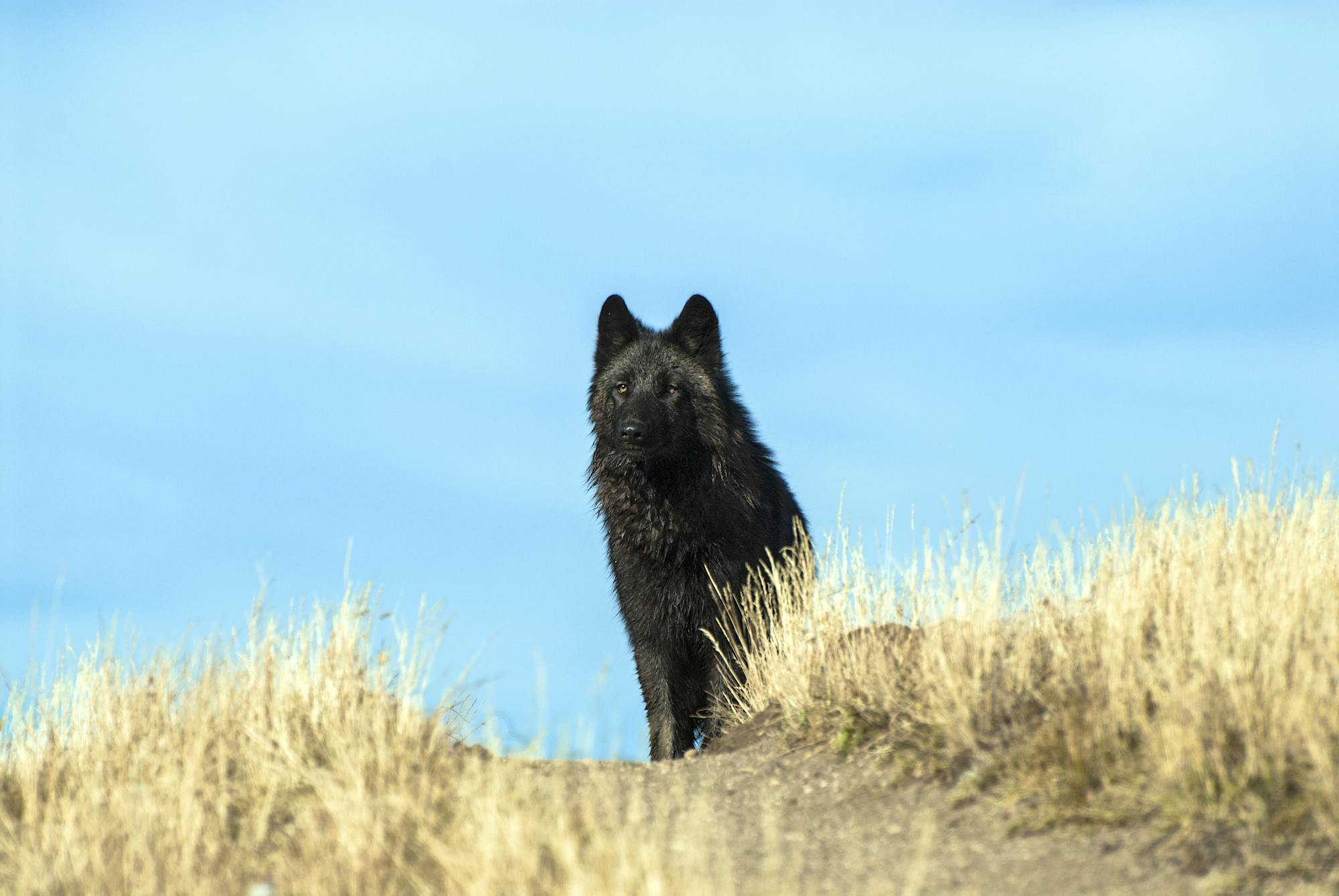The Washington Department of Fish and Wildlife today released the 2024 population estimates for gray wolves, reporting a 9% decrease in the minimum count of wolves. While wolves have continued to expand in the state in recent years, they have yet to achieve the recovery goals outlined in Washington’s 2011 Wolf Conservation and Management Plan. Human-caused mortality, including illegal poaching, remains a significant factor hindering their progress.
"While we’re encouraged by the wolf population growth over the last decade, the decline in the count this year and poaching taking place in the Southern Cascades and Northwest Coast region reflect how much there is yet to be done in order to achieve statewide recovery," said Kristin Botzet, Representative to the Northwest program at Defenders of Wildlife.
The Washington Wolf Plan established targeted population numbers and distribution criteria for downlisting and delisting wolves in the state, divided into three designated recovery regions. Currently, wolves have not yet met the recovery objectives required for reclassification in the Southern Cascades and Northwest Coast recovery region. Meanwhile, the other two recovery regions, Eastern Washington Waand the North Cascades, have both met their recovery objectives.
In the Southern Cascades and Northwest Coast recovery region, illegal poaching has hindered recovery goals. WDFW confirmed the presence of the Big Muddy Pack in April 2022 in Klickitat County. Consisting of a male and female, it was the first documented wolf pack in the recovery region. In late 2023, however, the female went missing and in October 2024, WDFW staff investigated the illegal killing of an adult male gray wolf near the Klickitat River, close to U.S. Highway 142 and Goldendale, Washington.
“The presence of the Big Muddy Pack was promising,” said Botzet. “The pack’s presence was indicative that we remain on the path of full recovery of wolves in Washington, but we are not there yet. Poaching continues to hamper recovery efforts, making it challenging to meet recovery goals and subsequent delisting.”
Gray wolves were extirpated from Washington in the 1930s due to hunting and government-sponsored predator control programs. They were then listed as endangered under state law in 1980. In the 2000s, wolves naturally recolonized the state, dispersing from neighboring states and British Columbia. Today, their population remains largely concentrated in eastern Washington.
To achieve statewide recovery, the Southern Cascades and Northwest Coast must sustain a minimum of four successful breeding pairs for three consecutive years, while the other two recovery regions must each maintain at least four successful breeding pairs and an additional six successful breeding pairs located anywhere in the state. With the recent poaching in Klickitat County, there are no known packs in the Southern Cascades and Northwest Coast recovery region.
For more information on Defenders of Wildlife wolf conservation efforts, visit Gray Wolf | Defenders of Wildlife.
###
For over 75 years, Defenders of Wildlife has remained dedicated to protecting all native animals and plants in their natural communities. With a nationwide network of nearly 2.1 million members and supporters, Defenders of Wildlife is a leading advocate for innovative solutions to safeguard our wildlife for generations to come. To learn more, please visit https://defenders.org/newsroom or follow us on X @Defenders.
Media Contact
News

Senate Votes to Prioritize Oil Over Arctic Conservation




